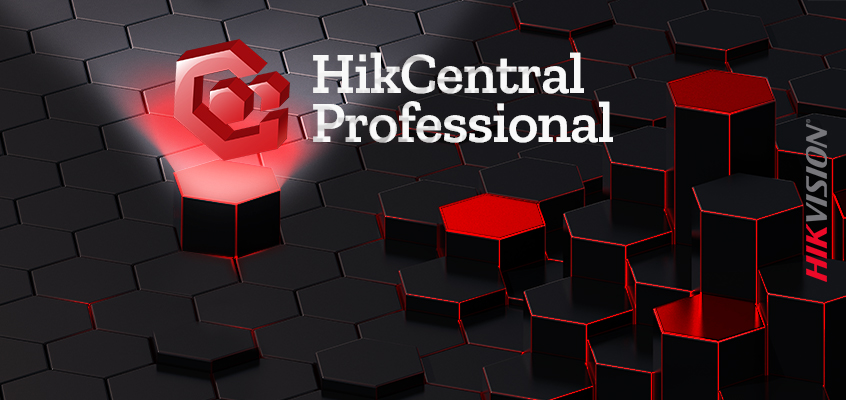HikCentral 2.2, License Plate Recognition, and 8 MP Solar Kit: Three Exciting New Releases Support Organized Video Management, Better Vehicle Identification, and Enhanced Remote-Location Monitoring

Security professionals will be excited about three new Hikvision releases that meet the most important challenges of the industry. HikCentral 2.2 is a Video Management System (VMS) platform that is ideal for integrating and managing security systems on a single platform. License Plate Recognition (LPR) software offers remarkable vehicle identification powered by Hikvision’s Deep Learning algorithm. And the advanced 8 MP Solar Kit series now includes human/vehicle classification provided by 2nd Gen AcuSense technology. These new releases take Hikvision’s technology and products to the next level.
There have been several key updates to the HikCentral 2.2 VMS, making daily operations even more efficient. The protection of people and property also see all around improvement. All major security needs are covered through a variety of security modules, including:
- Video and access control
- Visitor and attendance management
- Vehicle and mobile monitoring
- Alarm detection and intelligent analysis
- Digital signage and maintenance
The user-centric design ensures a personalized and optimized experience. Personalization is based on your role (manager, decision maker, HR, receptionist, and more). Pre-set modes are available for specific roles, or users can customize their systems with applications to create a personal control panel. Additionally, emergency mustering is a key update that accomplishes several tasks: it provides a solution to help notify alarm centers in the event of emergency, sends evacuation alerts via audio speakers, and provides people counting statistics reports.
Third-generation License Plate Recognition (LPR) software provides rapid and accurate vehicle identification at parking entrances. Deep Learning technology rapidly processes and delivers more accurate license plate data with streamlined camera positioning for optimal efficiency, covering large areas. This new technology enables License Plate Recognition as well as general security monitoring at the same time. Clear views in dark environments are ensured due to powerful High Light Compensation (HLC) technology. Harsh weather is not a problem for this camera system as it outperforms its competitors in demanding environments.
The Advanced Series 8 MP Solar Kit Series is now available, suited for larger outdoor security projects. The kit also includes smart perimeter protection with the addition of human/vehicle classification using AcuSense. AcuSense also alerts users to trespassing and vehicle break-ins. This solar kit is perfect for large farms or other remote locations as no power or Ethernet cables are required. A fully charged battery supports 24/7 camera operation in “performance mode” for up to five days and for up to 80 days in a less active mode.
Learn more about these three exciting new releases on our website today.
